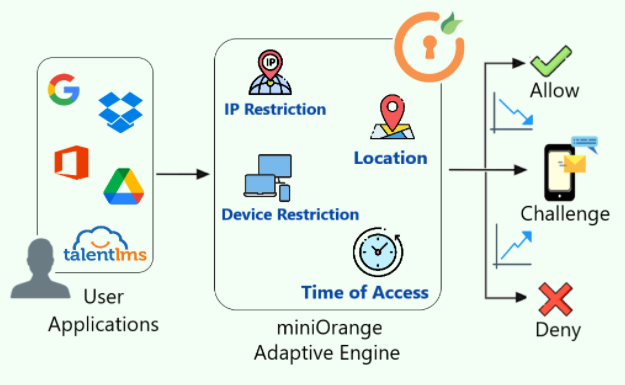Digital skills for adults - Course 3 - English FF
What "strong authentication" is:
Some sources define strong authentication as any authentication method for a user or device that is inherently secure enough to protect the system from cyberattacks. Others define strong authentication as any form of authentication which achieves verification without password transmission.Why "strong authentication" needed in order to use a range of online services:
Strong authentication is a way of confirming a user's identity when passwords are not enough. Most companies demand proof before allowing access to digital assets. You might ask users to type in a password or respond to a quick quiz before you open the gates.

Multi-factor Authentication!
What is Adaptive Authentication?
Adaptive Multi-factor authentication (MFA)
Adaptive MFA is a way that multi-factor authentication can be configured and deployed in a way that the Identity Service Provider (IDP) system will select the right multiple authentication factors depending on a user’s risk profile and behavior as part of an ongoing process, instead of applying risk evaluation and elevation only during the authentication process once. Well, it’s also to adapt the type of authentication to the situation.
There are three ways that adaptive authentication can be configured depending on the IDP’s capabilities:
- One can set static policies defining risk levels for different factors, such as user role, resource importance, location, time of day or day of the week.
- The system can learn the typical activities of users based on their tendencies over time. This learned form of adaptive authentication is similar to behavioural correlation.
- A combination of both static and dynamic policies.


